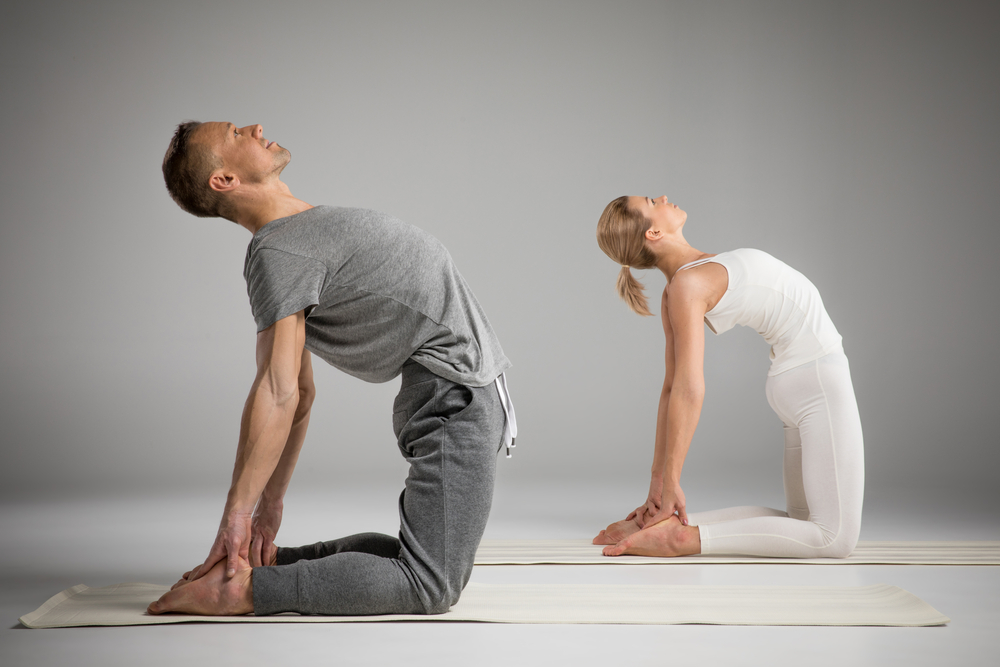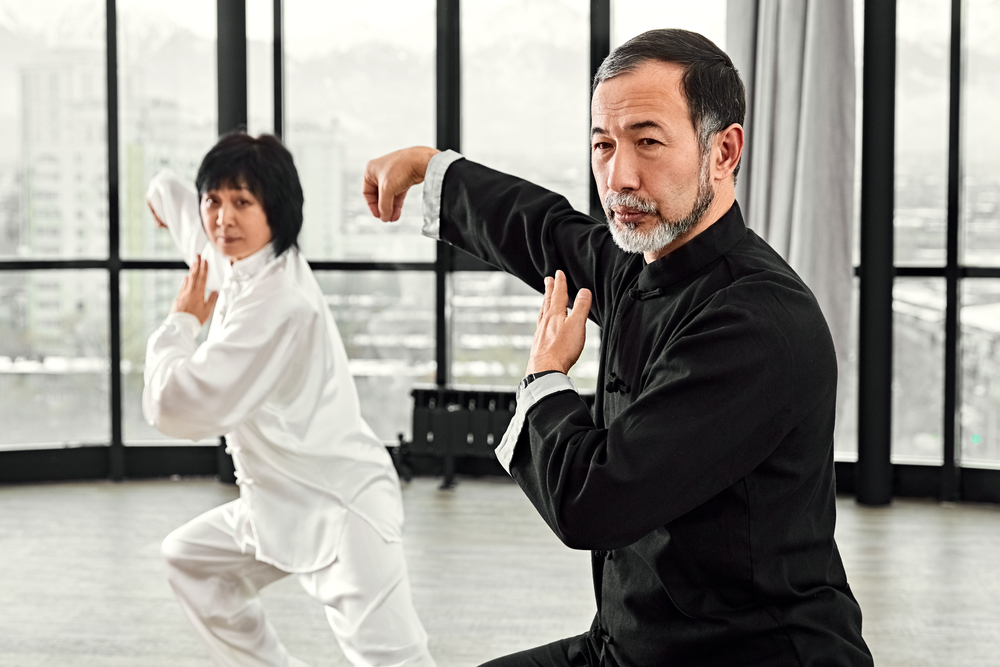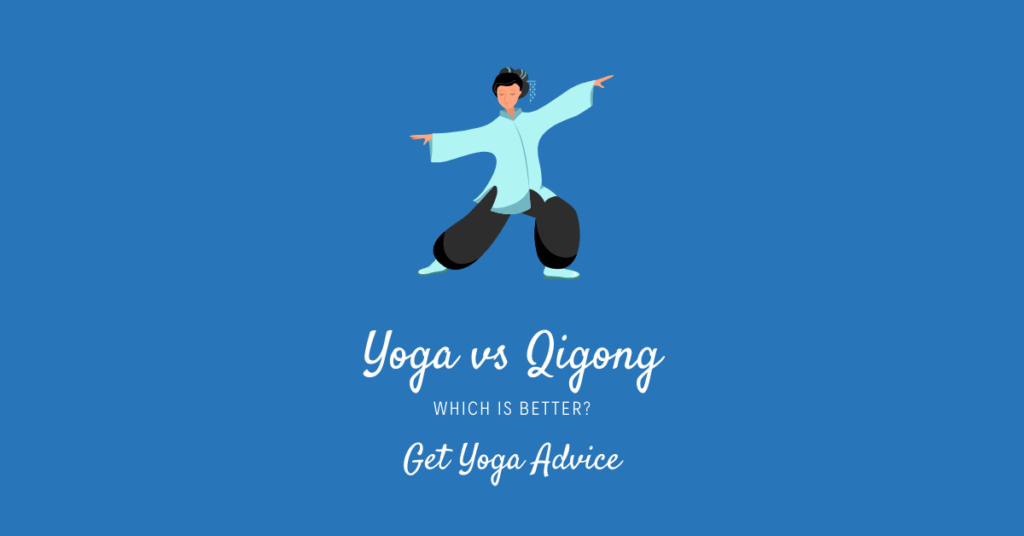If you are looking for a new exercise practice, yoga may seem like an obvious choice. But, if yoga feels overhyped or you’re looking for options beyond the obvious, consider Qigong.
But what is Qigong and what can it offer compared to yoga? When it comes to the choice of yoga vs Qigong, there are many pros and cons to consider. We’ll discuss each exercise and how to decide which is right for you.
Contents
Yoga vs Qigong: Which Should You Choose?
People look for new exercise routines for a number of reasons. Some are just looking for better physical fitness. But, many more people are looking for broader benefits that include better focus, a more calm demeanor, better sleep, improved digestion and pain relief.
If you fall into this category, your search has likely brought up yoga time and again. But, you may also have seen mentions of another practice, Qigong, which adherents say may someday become even more popular.
Both yoga and Qigong are exercises that function as moving meditations. Both are based on Eastern religions and philosophies. Both are thousands of years old. The main differences tend to come in the specific movements, the intensity and outside influences such as social aspects.
You might also find our yoga vs. CrossFit guide useful.
How Yoga Compares to Qigong

Yoga focuses on a harmonious marriage of mind and body, using a series of poses and breathing exercises to achieve this aim. There are eight major styles of yoga, but hundreds of variations on each, with new modalities seeming to emerge every day.
Yoga can range from gentle exercise for beginners to advanced poses that require great strength, flexibility, balance and coordination. People who practice yoga regularly report high energy levels, less chronic pain, improved focus and better mood.
Yoga is a good pick for people who prefer exercise in a social environment. There are yoga classes in every city, each with their own focus and feel.
There are, of course, also drawbacks. Unless you are doing yoga at home using books, videos or apps, yoga can be expensive. While there are classes at all price points in most areas, even a $10 per class fee can add up after a while.
In addition Yoga has a higher risk of injury than other exercise choices like Qigong. A recent study showed that yoga injuries have actually increased. In 2014, for instance, there were 17 injuries per 100,000 participants, versus only 10 per 100,000 in 2001.
Reasons to Choose Qigong

Qigong is an ancient practice deeply aligned with Chinese medicine and Taoist religious beliefs. There’s evidence that Qigong took early influence from yoga when Buddhism came to China, which can explain some of the similarities between the two exercises.
Modern Qigong was formalized in the 20th century during China’s post-revolutionary Era of Reconstruction. When China opened up to the West during the 1970s, Chinese philosophy and martial arts made its way to the US. The spread came mostly through alternative health practitioners intrigued by Qigong’s ideas about energy and flow.
Qigong, in practice, is very similar to tai chi and has similar origins. Qigong involves regular, smooth movements. It focuses on body posture, breath and meditation. It’s unlikely to work your heart rate up as much as yoga and is typically performed standing up.
Qigong offers many advantages. If you have limited time for exercise, it’s a good choice. An average Qigong workout can last anywhere from five to forty-five minutes. People who practice Qigong at home say they tend to spend anywhere from ten to thirty minutes on this exercise each day.
Qigong is a good choice for people who wish to exercise solo. While there are Qigong classes, this practice is designed for individuals to do on their own. However, if you are someone who prefers in-person teaching, you may find some barriers to taking up a Qigong practice. Because Qigong lacks yoga’s popularity, local classes could be hard to find.
Like any exercise practice, Qigong has other drawbacks, as well. Because of the focus on moving meditation, Qigong is unlikely to provide the same immediate weight loss or strengthening benefits that yoga can. It is also not ideal on its own for people seeking better cardiovascular health.
The Final Word on Yoga vs Qigong
Whether Qigong or yoga is better will depend largely on what you are looking for. If you want a social experience that offers increased strength, weight loss and flexibility, yoga is the clear choice. If you are looking for a solitary meditation practice that can help you feel more centered, then Qigong wins.
Take some time to try out each routine. In many cases, people find that incorporating a bit of time with each is the best choice for them. The exercise you enjoy and practice consistently is usually the best choice.



